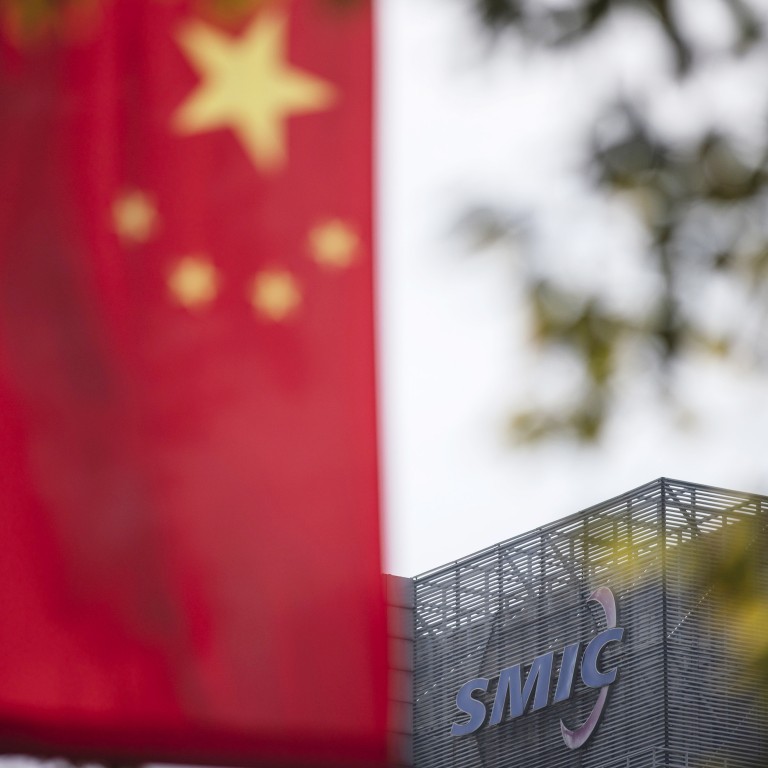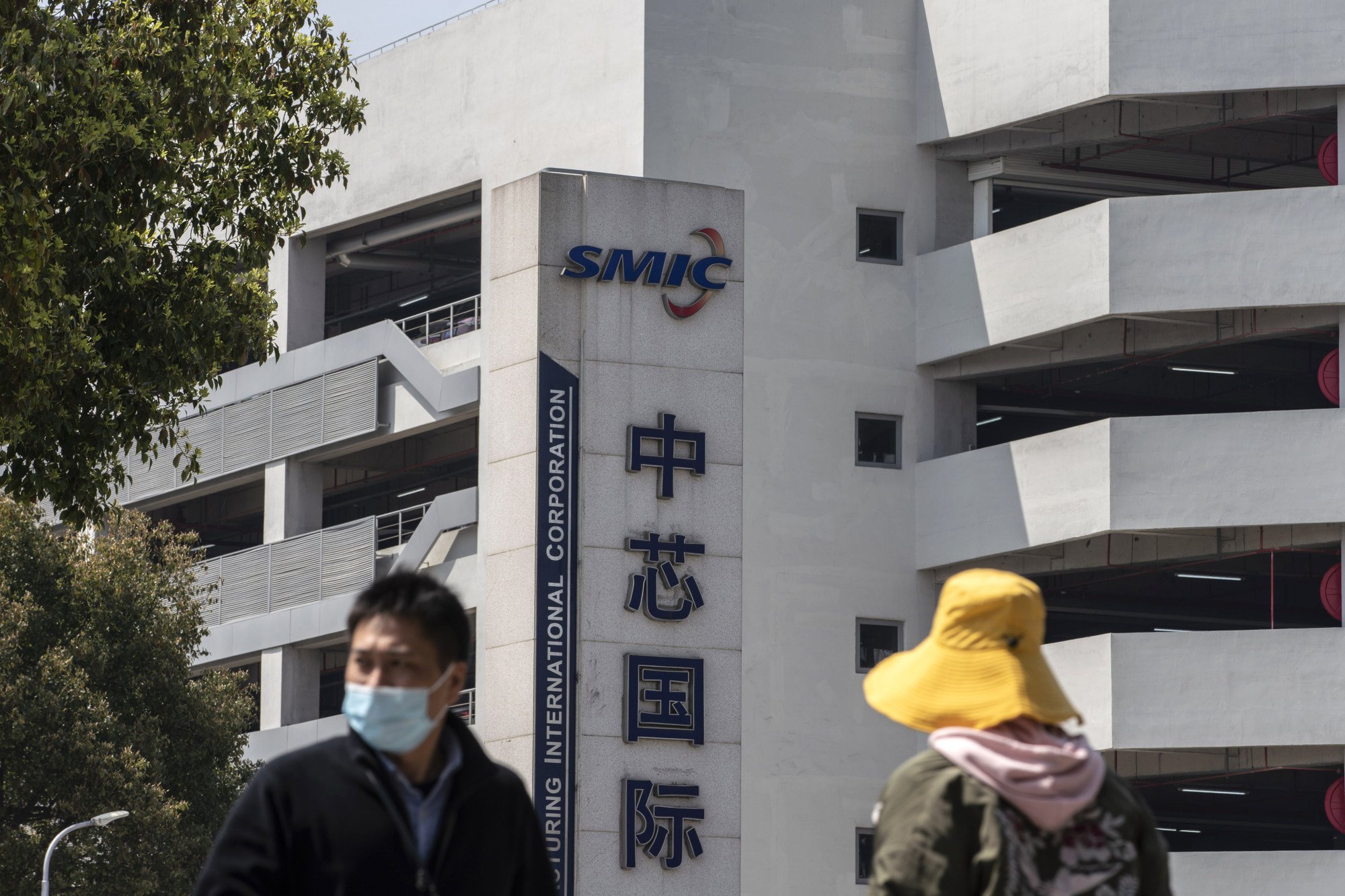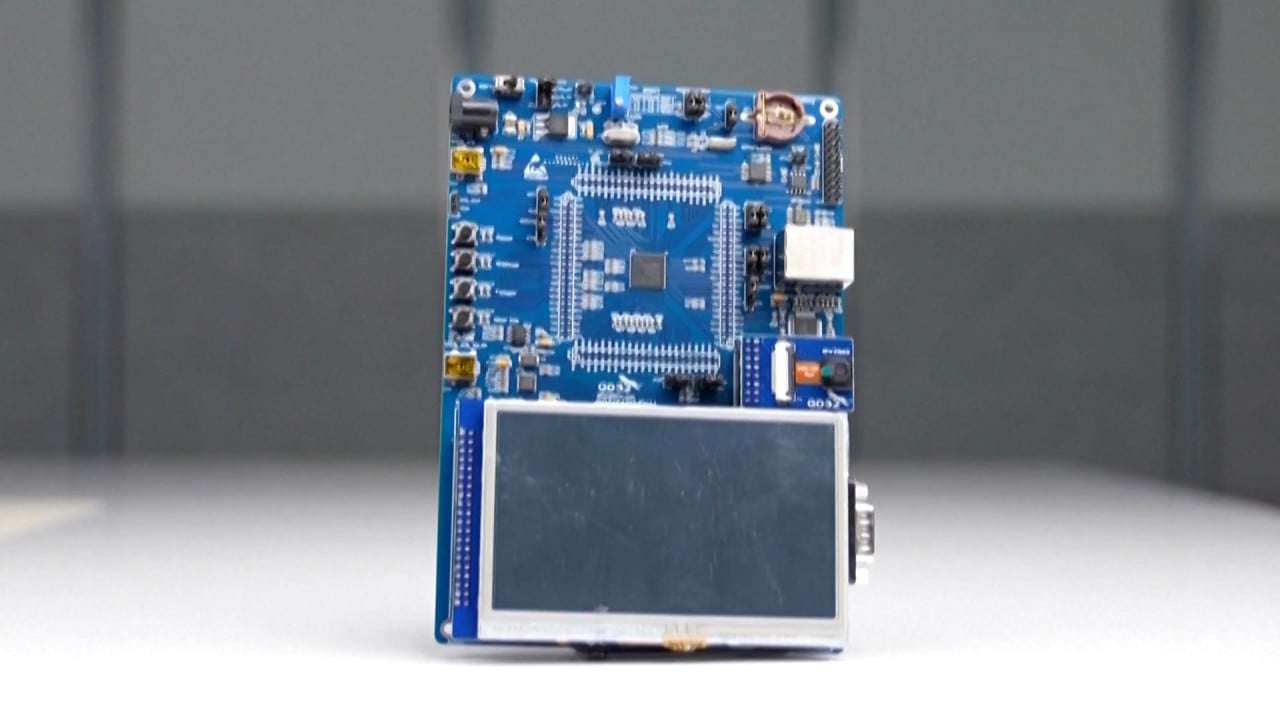
China’s top chip maker SMIC achieves 7-nm tech breakthrough on par with Intel, TSMC and Samsung, analysts say
- SMIC took two years to achieve the leap from 14-nm to 7-nm, faster than TSMC and Samsung, TechInsights said
- Experts said it is technically possible for SMIC to produce 7-nm chips even without the most advanced production equipment
SMIC, which is on a US trade black list and facing additional restrictions on the import of advanced equipment, declined to comment on the findings when reached by the Post. The Hong Kong-listed company’s financial statements do not contain any mention of 7-nm grade technology.
The technological progress of SMIC is being keenly watched by industry analysts, who are keen to find out if sanctions imposed by the US and its allies will crush China’s goal of achieving semiconductor self-sufficiency, a major point of rivalry between the two nations.
Washington is also lobbying the Dutch government to block ASML Holdings, which has a monopoly position in the production of advanced chip-making machines, from selling to mainland Chinese foundries, including SMIC.
TechInsights noted that SMIC took only two years to reach 7-nm capability even “without access to the most advanced Western equipment and technologies”. By comparison, TSMC and Samsung took three and five years, respectively, to reach the same level.
The Ottawa-based firm in July reverse-engineered a MinerVA bitcoin mining processor made by SMIC and concluded that the Chinese chip maker had achieved a technological breakthrough despite having no access to the industry’s most advanced extreme ultraviolet lithography systems from ASML.

The latest findings by TechInsights suggest that SMIC has implemented many process integration choices deployed by TSMC, as “there are many similarities in process technologies, designs and innovations between SMIC’s 7-nm and TSMC’s 7-nm”.
SMIC was added to the US Commerce Department’s so-called Entity List in December 2020. At the time, the company said the sanctions, which prevent it from buying US-origin technologies, would hinder its development of technology below 10-nm, which is used in making advanced processors for smartphones and computers.


